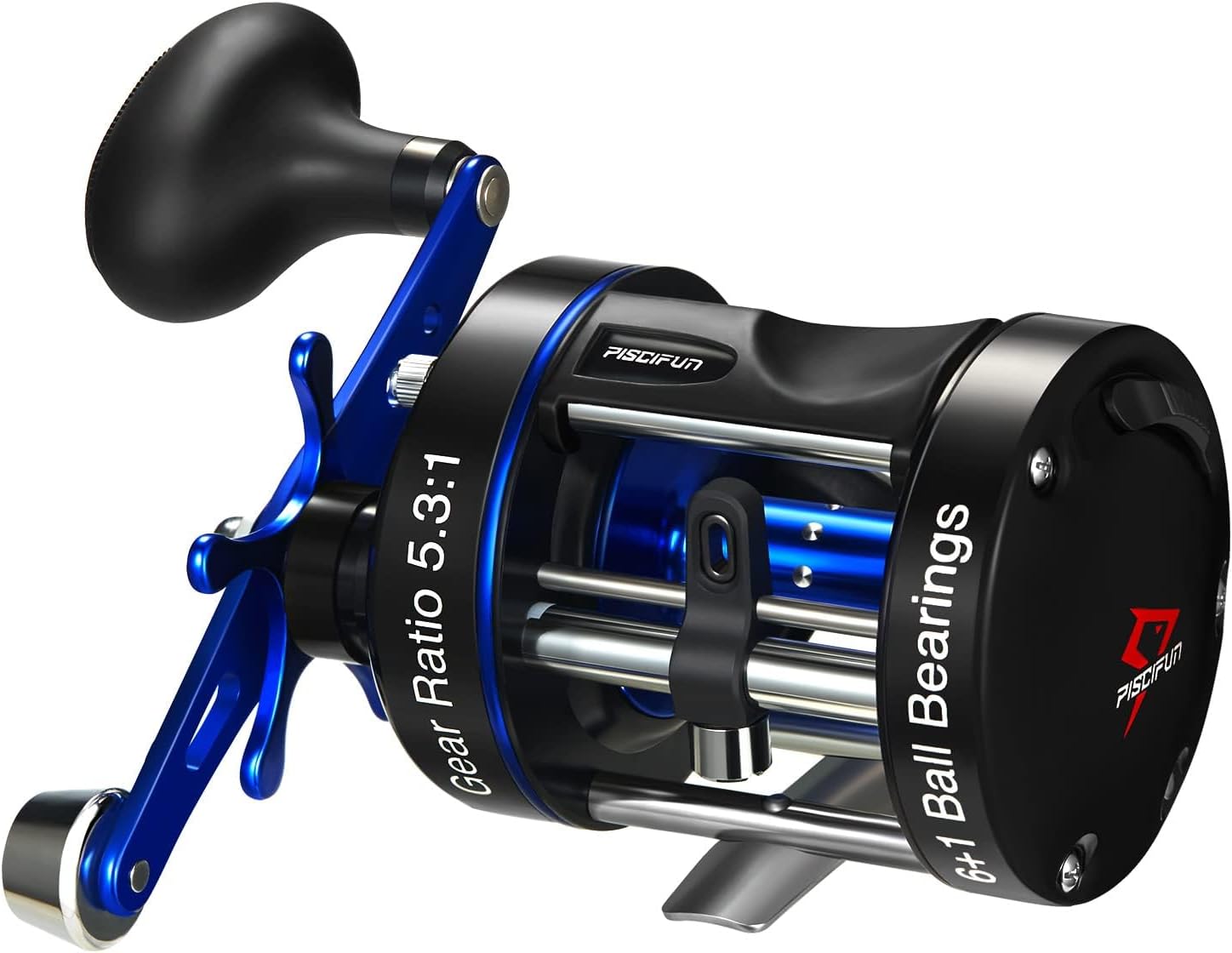Piscifun Chaos 50 Reel Build Quality and Durability: Piscifun Chaos 50 Review

The Piscifun Chaos 50 fishing reel boasts a design emphasizing lightweight construction and robust performance. Understanding the materials used and their impact on durability is crucial for assessing the reel’s long-term value and reliability. This analysis will examine the reel’s construction, identify potential weak points, and consider user experiences to provide a comprehensive evaluation of its build quality and durability.
Materials Used in Construction and Their Impact on Durability
The Piscifun Chaos 50 reel utilizes a combination of materials chosen for their balance of lightweight properties and strength. The body is typically constructed from a graphite composite material, offering a good strength-to-weight ratio. This material is relatively resistant to impact damage and corrosion, contributing to the reel’s overall durability. The rotor and other internal components often incorporate machined aluminum or other high-strength metals. These materials provide precision and resilience under stress, particularly during the retrieval of larger fish. The use of durable bearings, typically stainless steel, further enhances the smoothness and longevity of the reel’s operation. The choice of materials directly impacts the reel’s resistance to wear and tear, ultimately influencing its lifespan.
Potential Weak Points and Failure Modes
While the Chaos 50 is designed for durability, certain areas may be more susceptible to wear or failure over time. The bail wire, a crucial component for line management, is a potential point of weakness. Repeated bending and stress during casting and retrieving can lead to fatigue and eventual breakage. The drag system, though generally reliable, can suffer from wear and tear, especially under heavy loads. Overtightening the drag knob or prolonged use in extreme conditions can degrade the drag washers, potentially leading to inconsistent drag performance. Finally, the main gear, a critical component for power transmission, is vulnerable to damage from overloading or impact. Improper use or exposure to harsh environmental factors like saltwater corrosion could compromise the gear’s integrity, resulting in stripped gears or other functional failures.
User Experiences Regarding Durability
User experiences provide valuable insights into the long-term performance of the Piscifun Chaos 50. A compilation of reported experiences reveals the following:
- Many users report excellent durability after extended use in freshwater and saltwater environments, citing the reel’s resistance to corrosion and wear.
- Some users have experienced issues with the bail wire, reporting bending or breakage after prolonged use, especially under heavy loads.
- Several users mention the need for periodic maintenance, including cleaning and lubrication, to ensure optimal performance and prolong the reel’s lifespan.
- Occasional reports of drag system issues exist, often attributed to overuse or lack of maintenance.
Hypothetical Stress Test for the Piscifun Chaos 50 Reel, Piscifun chaos 50 review
A comprehensive stress test would involve subjecting the reel to a series of rigorous trials to assess its resilience. The test would include:
- Saltwater Immersion Test: Submerging the reel in saltwater for an extended period to assess its corrosion resistance.
- Impact Test: Simulating accidental drops and impacts to evaluate the reel’s ability to withstand external forces.
- Drag System Endurance Test: Applying consistent and increasing drag pressure for an extended period to evaluate the drag system’s durability and consistency.
- High-Load Retrieval Test: Using the reel to retrieve a significant weight (simulating a large fish) repeatedly to assess the strength of the gear system and other components.
- Continuous Casting Test: Performing a high volume of casts to evaluate the durability of the bail wire and handle.
Expected outcomes would involve measuring the reel’s performance parameters (smoothness, drag consistency, etc.) before and after each test, along with visual inspection for any signs of damage or wear. This would provide quantitative data on the reel’s resilience and identify potential areas for improvement in its design.
